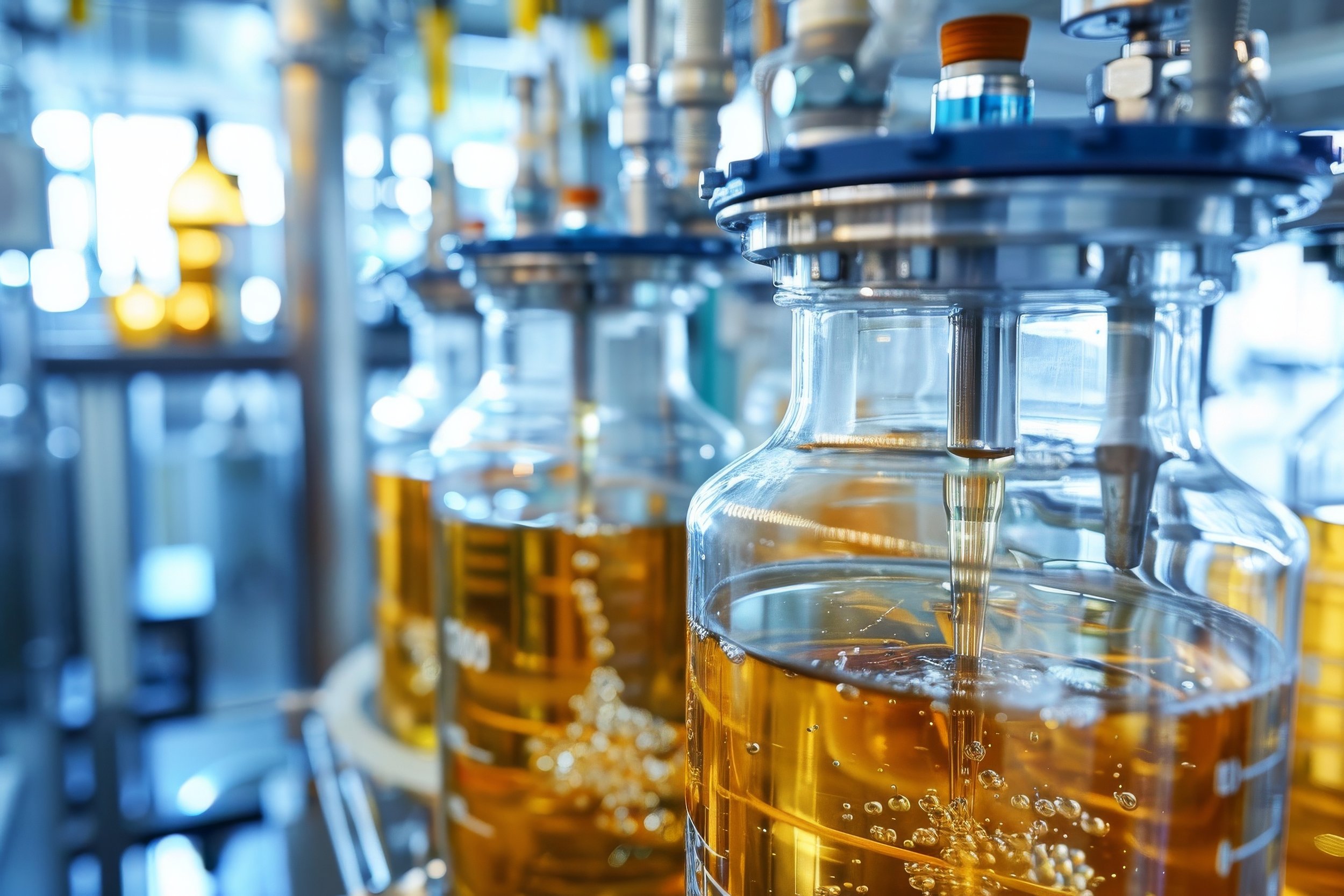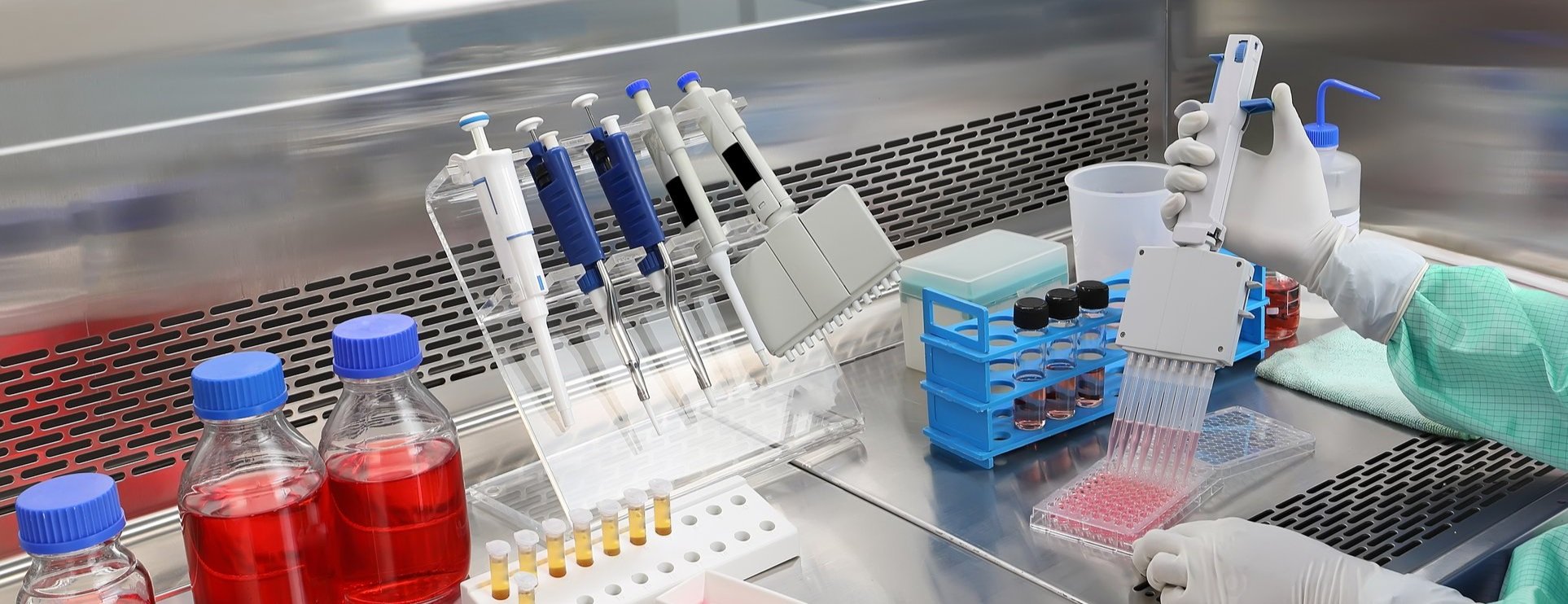FAQs
-
Metalchemy’s colloids, unlike many of the metal colloids available for industrial or consumer use, are engineered using a proprietary green synthesis method that ensures high purity, uniform particle size, and exceptional stability, without toxic solvents or surfactants. Compared to conventional materials, our colloids are designed for biocompatibility and regulatory compliance, making them ideal for sensitive applications in food packaging, cosmetics, and healthcare. Our technology enables precise control over particle morphology and surface chemistry, enhancing antimicrobial efficacy and functional performance.
-
Metalchemy leads the way in sustainable colloids with a patented green process for producing silver and gold colloids. Our pioneering approach is a true revolution in the production of metallic colloids, specifically silver and metal colloids. By using green chemistry principles, we are not only offering a more environmentally conscious manufacturing, but also ensuring cost and resource-efficient processes. Metalchemy’s key advantages are:
Cost Efficiency: We reduce production costs by minimizing energy use and eliminating hazardous chemicals.
Clean Manufacturing Technology: Our process achieves up to 78× lower global warming potential and significantly reduces ozone depletion and ecotoxicity.
Best-in-Class Quality: Our colloids deliver excellent stability, uniform particle size, and enhanced antimicrobial and antioxidant properties.
Published Scientific Validation: We collaborate with top academic institutions, contributing to high-impact publications that validate our technology.
This combination of sustainability, performance, and scientific credibility positions Metalchemy as a trusted innovation partner.
-
Yes, indeed, all of Metalchemy’s colloids are developed in alignment with key international standards, including ISO 9001 (quality manufacturing), EU & UK Cosmetics Regulation Compliant (>100nm particle size), and Food Contact material regulations. All our products are vegan, cruelty-free, and paraben-free. All batches are tested for heavy metals and purity, with (COAs) (MSDS) provided for each batch, and we collaborate with accredited labs to ensure our products meet or exceed regulatory requirements for use in consumer-facing and industrial applications. Technical datasheets and compliance documentation are available upon request. You can discover our full product offerings through our product catalogue.
-
Sustainability is one of the cornerstones of our mission. Metalchemy uses green chemistry principles to synthesize colloids without harsh chemicals, minimizing waste and energy consumption. Our water-based processes reduce environmental impact while maintaining high performance. We also prioritize local sourcing and recyclable packaging to support circular economy goals. Our production methods are continuously optimized to reduce our carbon footprint and align with Environmental and Social Governance (ESG) standards. In addition, by extending the shelf life of packaged products, we aim to make a significant contribution to reducing food waste (over $1 trillion is lost annually due to food spoilage) with our active packaging with antimicrobial colloids.
-
Metalchemy’s colloids are used across food packaging, clean cosmetics, and medical materials. In packaging, they offer a completely biodegradable, biocompatible, and natural alternative to conventional materials.
In cosmetics, colloidal silver and colloidal gold offer natural antimicrobial protection without synthetic preservatives. In healthcare, our colloids support wound care, coatings, and infection control. Their high efficacy, safety profile, and regulatory readiness make them ideal for next-generation product development.
In addition, they extend shelf life by preventing microbial growth which helps us work towards one of our main goals - to transform market standards in packaging and prevent 46.5M tonnes of food waste, 360M tonnes CO2e, and 7-8M tonnes of single-use synthetic plastics waste.
-
Traditional manufacturing methods for antimicrobials still use, to a great extent, outdated, non-compliant, and even dangerous and toxic materials. There is a confusion around regulation, too few scalable local suppliers of natural preservatives and active ingredients, which creates a gap between science and innovation and the market demands.
Our colloids offer broad-spectrum antimicrobial activity with lower toxicity and resistance risk compared to synthetic preservatives or traditional antimicrobials. They are effective at low concentrations, reducing formulation burden while maintaining safety. Peer-reviewed studies confirm their ability to inhibit bacterial and fungal growth, making them a powerful, clean-label alternative for formulators seeking efficacy without compromise.
-
Yes, Metalchemy provides custom formulation and R&D services tailored to your application needs. Whether you're developing a new packaging film, cosmetic emulsion, or medical coating, our team collaborates closely to optimize colloid concentration, dispersion, and compatibility. We support pilot-scale testing and can adapt formulations to meet specific regulatory or performance criteria. In brief, with us, you can have custom product development tailored to your unique requirements without the need for infrastructure investment.
-
Our UK facility operates under an ISO 9001-certified quality management system and ISO-certified production, as well as being GMP (Good Manufacturing Practices)-compliant. This ensures consistent product quality, traceability, and scalability. We are equipped for both small-batch prototyping and industrial-scale production, with robust QA/QC protocols in place. This allows us to support partners from early-stage development through to commercial deployment.
-
Absolutely. Our technology is backed by peer-reviewed publications in leading journals such as Polymers and Nano Select. These studies demonstrate the antimicrobial efficacy, biocompatibility, and material integration potential of our colloids.
You can explore our research here:
1. Trotta, F., Da Silva, S., Massironi, A., Mirpoor, S. F., Lignou, S., Ghawi, S. K., & Charalampopoulos, D. (2023). Silver bionanocomposites as active food packaging: Recent advances & future trends tackling the food waste crisis. Polymers, 15(21), 4243. https://doi.org/10.3390/polym15214243
2. Mensah, R. A., Trotta, F., Briggs, E., Sharifulden, N. S., Silva, L. V. B., Keskin-Erdogan, Z., Diop, S., Kureshi, A. K., & Chau, D. Y. S. (2023). A sustainable, green-processed, Ag-nanoparticle-incorporated eggshell-derived biomaterial for wound-healing applications. Journal of Functional Biomaterials, 14(9), 450. https://doi.org/10.3390/jfb14090450
3. Trotta, F., Da Silva, S., Massironi, A., Mirpoor, S. F., Lignou, S., Ghawi, S. K., & Charalampopoulos, D. (2024). Advancing food preservation: Sustainable green-AgNPs bionanocomposites in paper-starch flexible packaging for prolonged shelf life. Polymers, 16(7), 941. https://doi.org/10.3390/polym16070941
4. Trotta, F., Dony, A., Mok, M., Grillo, A., Whitehead‐Clarke, T., Kureshi, A. K. (2024). In vitro characterization of bionanocomposites with green silver nanoparticles: A step towards sustainable wound healing materials. Nano Select, 5(2), 2300087. https://doi.org/10.1002/nano.202300087
-
Metalchemy’s colloids are engineered for long-term stability, with typical shelf lives of 12 to 24 months under standard storage conditions (cool, dry, away from direct sunlight). Our formulations resist agglomeration and maintain consistent particle dispersion over time. Each batch is tested for stability and performance, and storage guidelines are provided with every shipment.
-
If you're interested in receiving a technical datasheet (such as for our silver, gold or platinum products), requesting a sample, or discussing a potential collaboration or research project, feel free to reach out through our website’s contact form.
We’re passionate about innovation and always open to working with universities, companies, and startups focused on sustainable chemistry. Our team will get back to you promptly to learn more about your needs and explore how we can work together.
-
Yes. Our colloids are designed for easy integration into existing industrial workflows, including extrusion, coating, spraying, and blending. We provide guidance on dispersion, compatibility, and process optimization to ensure seamless adoption. Whether you're working with polymers, gels, or emulsions, our materials are engineered for versatility and performance.
-
Metalchemy combines scientific rigor, regulatory readiness, and sustainable innovation. As winners of the Web Summit Qatar 2025 PITCH competition, we are recognized for our pioneering work in green-engineered colloids. Our team brings deep chemistry, materials science, and product development expertise, making us a reliable partner for forward-thinking companies and institutions.





